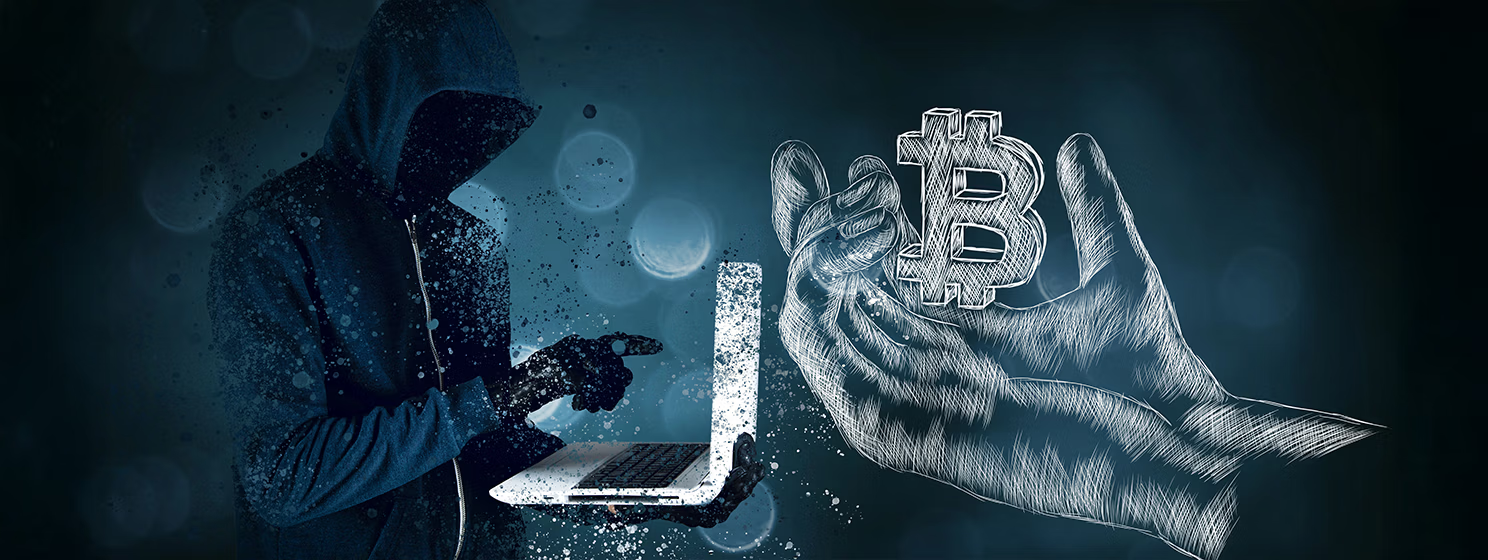|
Getting your Trinity Audio player ready...
|
nChain CIO Christine Leong recently presented to the Global CIO Institute at Oxford. She educated the audience on Web3, digital identity, and how both will change our lives in the future.
Who is Christine Leong, and what is Web3?
Leong is the Chief Information Officer at nChain and is a self-described “identity person” who was an advisor on digital identity to the World Economic Forum (WEF) for five years.
The nChain CIO kicks off her presentation with a summary of the differences between Web2 and Web3. In the former, we are commodities, and the company or platform keeps our data, but in the latter, we own our data and can monetize it.
Web3 will have all sorts of benefits and will allow for lots of innovation. As well as greater privacy, it will allow for digital credentials with digital assets linked to them. These digital credentials will be able to substitute for signatures and allow us to take back control of our digital lives, as well as greatly reducing paperwork and increasing convenience.
The world is changing quickly
Leong highlights some of the ways the world is changing: consumer behavior is affected by digital tech, Web3 technologies are being adopted, and the world is experiencing greater connectivity and rapid technological advancement. Of course, while all of this is progress, it does pose some challenges, such as the need for greater data protection.
Looking to the future, Leong says 160+ countries already have ID systems using digital technologies, and these will be impacted by the changes Web3 will bring about. As for digital assets, she estimates that by 2030, 20 trillion worth of assets will be tokenized.
What is digital identity?
It’s more than just passports; it’s the digital representation of identity information, Leong tells us. It’s also a digital way of making claims about personal data. However, digital identity isn’t limited to people—organizations and even hardware devices can also have an identity.
Why is digital identity important? Trusted identities are required for most types of transactions, and they have been for hundreds of years. Travel, trade, paying bills, sending funds, and other types of transactions require trusted identities. Sending data, funds, assets, and other digital items involves trust. Digital identities can help with this.
Digital assets and identity require each other to exist, Leong says, noting that identity will allow us to take digital assets outside of the walled gardens they exist in. For example, we’ll be able to move digital assets or records freely between wallets linked to our identity rather than having to keep them in a specific one.
Understanding all of this better will help governments with digital sovereignty. Organizations can think about their transformational path ahead and begin to work out policies for security, data sharing, permissions, etc. All of this needs to be thought out in the same way it was when cloud computing came along, Leong says.
To learn more about nChain and what it does, as well as some of the use cases for digital identities, check out Leong’s informative presentation via this link. Don’t forget to subscribe to CoinGeek for more information like this!
Watch: The role of Web3 in the Philippines’ 10-point socioeconomic agenda

 12-31-2025
12-31-2025 




